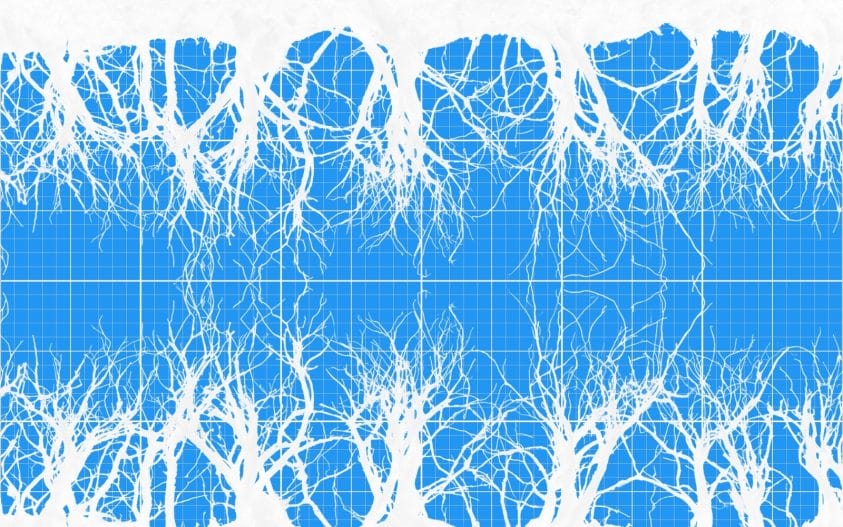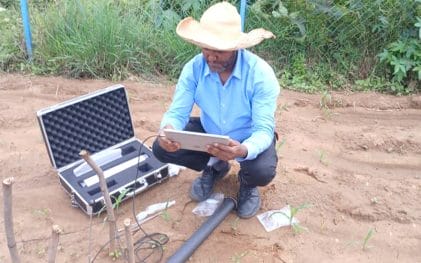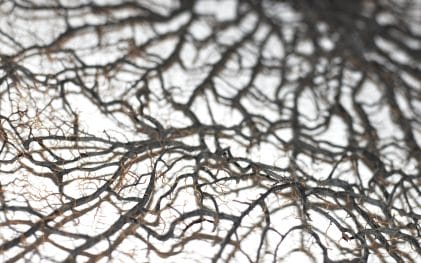Latest root-measurement-plants
What Is Root System Architecture and Why Does It Matter?
The root system architecture in plants is complex and dynamic. The factors that determine root form, structure, and function are plant type, root age, and environmental conditions. The available data is still insufficient to provide a comprehensive picture of the influence of factors on root system architecture. The function of root system architecture has been… Continue reading…

Additional reading
How UMN Researchers Are Using Minirhizotron Technology to Advance Sustainable Agriculture
In the pursuit of more sustainable and resilient agricultural systems, understanding plant root systems is just as crucial as studying their above-ground growth. Researchers at the University of Minnesota’s Sustainable Cropping Systems Lab and the Intermediate Wheatgrass Breeding Lab are leveraging cutting-edge root imaging technology to better understand the underground dynamics of intermediate wheatgrass, also… Continue reading…
A Look Back at Root Research Breakthroughs in 2024
Several reviews that consolidate state-of-the-art show huge strides in root research. Many studies have explored underlying physiological, anatomical, and molecular causes of previously observed morphology or root responses to environmental and soil conditions. Research is focused on applying these underlying mechanisms to manipulate patterns in root morphology and growth to increase crop yield sustainably or… Continue reading…
Exploring Cocoa Agroforestry: Enhancing Climate Resilience with CID Bio-Science Tools
Cocoa farming is a vital industry in West Africa, accounting for nearly 70% of the world’s cocoa production. Climate change poses significant challenges to this sector, making research into sustainable farming practices critical. Dr. Issaka Abdulai, a researcher at the University of Göttingen in Germany, has dedicated his career to understanding how cocoa agroforestry systems… Continue reading…
Understanding the Impact of High Temperatures on Crop Roots
Due to climate change-related high temperatures on crop roots, root architecture is altered. Roots change the carbohydrate/amino acid ratio and lipid metabolism to limit growth disruption and activate heat pathways. Temperature-induced hormone changes trigger signals to activate root responses to stress. Roots must also deal with climate change effects like drought, nutrient deficiency, salinity, and… Continue reading…
Climate Change Effects on Plant Development: Comprehensive Insights
Climate change can alter plants’ roots, vegetation, and reproductive development. Climate change effects on plant development can sometimes be similar across species or depend on tissue, species, genotype, and development stage. Plants are most sensitive to temperature and drought stress effects during the reproductive phase. Several features characterize climate change, like higher concentrations of greenhouse… Continue reading…
Understanding Drought Resistance Strategies: A Guide to Plant Adaptation
Drought Resistance Strategies include any plant mechanism that responds and adapts to drought, commonly called drought resistance. Plants use drought escape mechanisms to prevent encountering climatic established drought conditions by altering their lifespan. Drought avoidance strategies avoid the adverse impacts of mild and acute drought on cells by reducing plant water loss. Stress tolerance mechanisms… Continue reading…











